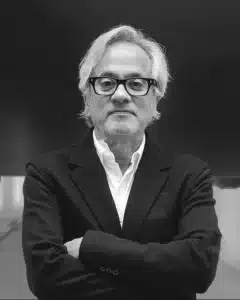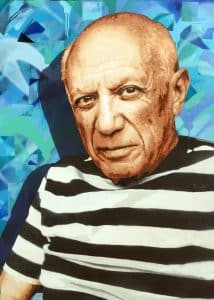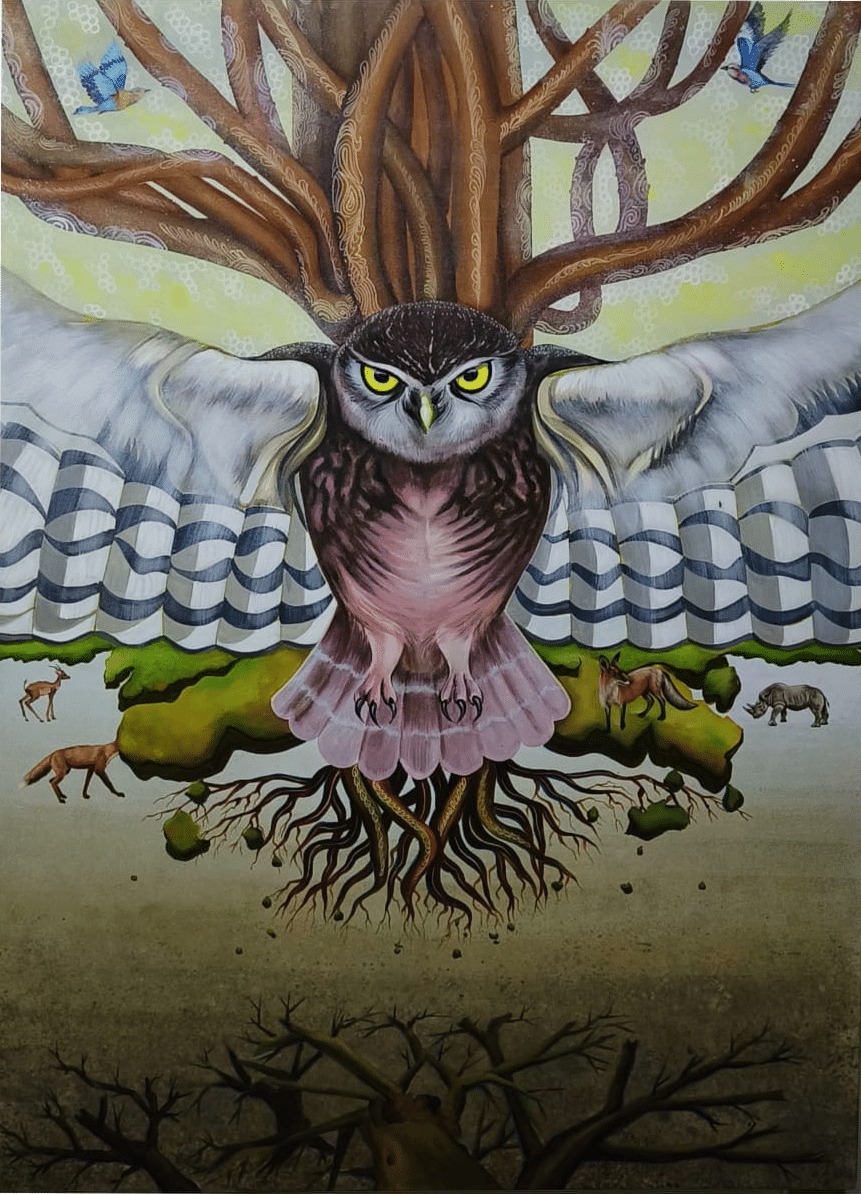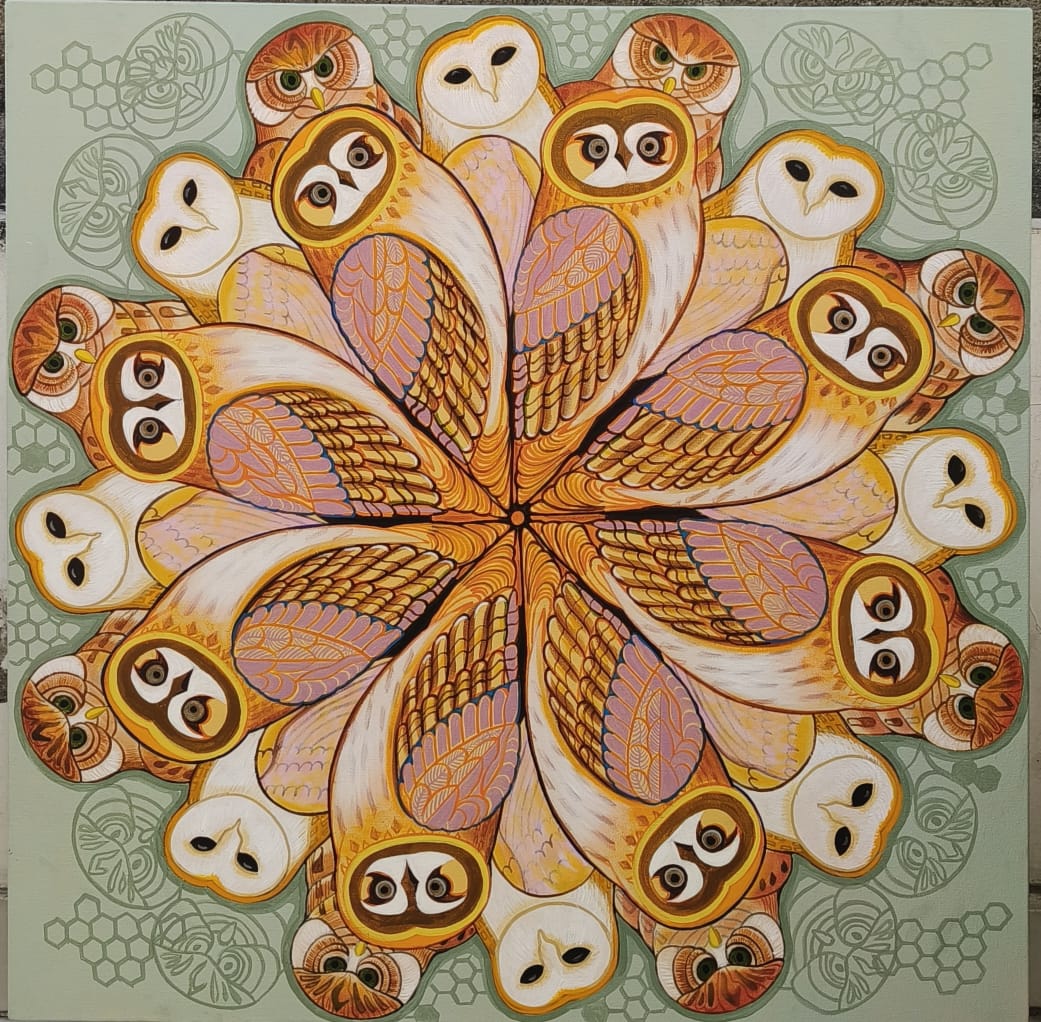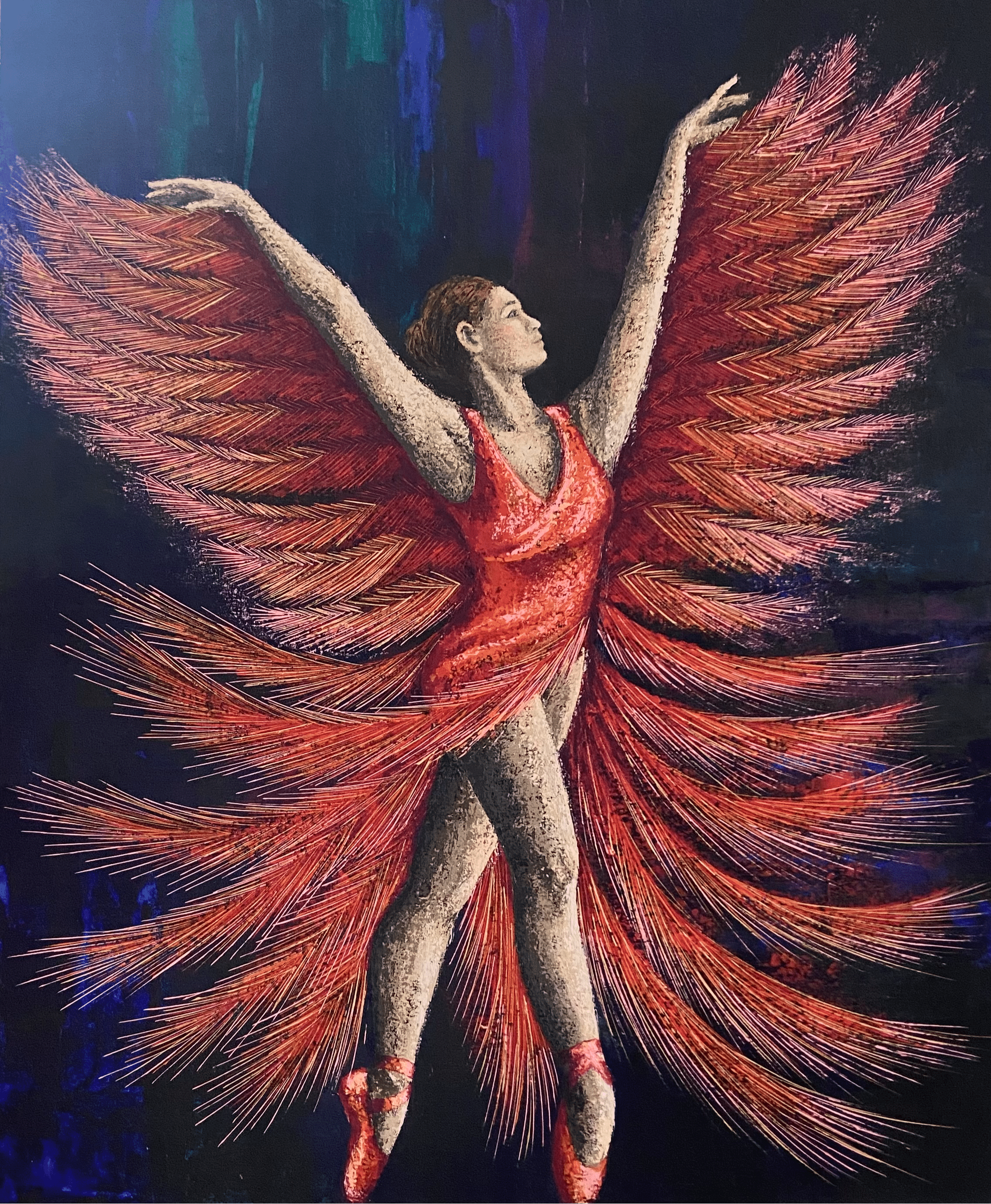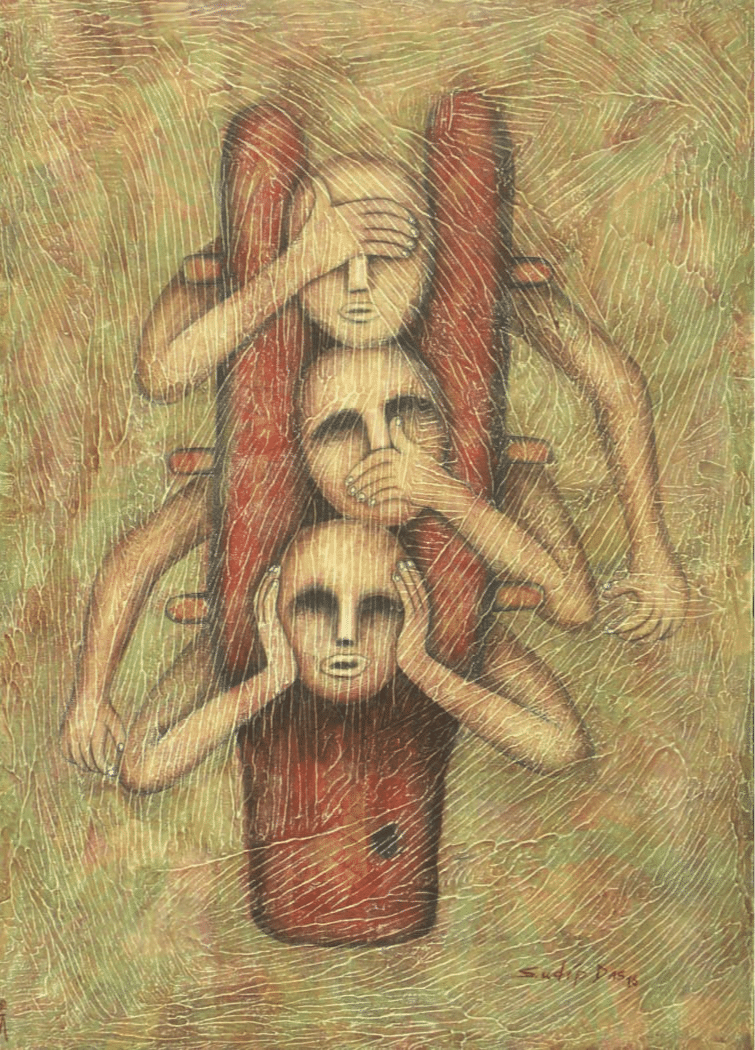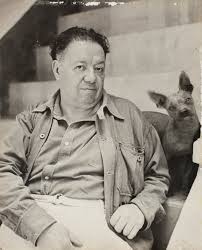
Not just a man — a mirror to a century’s contradictions. Rivera carried both brush and manifesto, blending revolution with renaissance in every gaze.
Few artists have shaped the art world as profoundly as Diego Rivera. Renowned for his large-scale frescoes, Rivera’s work brought Mexican culture to the forefront and redefined muralism as a powerful tool for storytelling. His art, deeply influenced by politics, history, and social justice, continues to inspire artists globally. His ability to transform blank walls into vibrant narratives has solidified his place among the most influential artists of the 20th century.
The Early Years: A Journey Towards Artistic Greatness
Born in 1886 in Guanajuato, Mexico, artist Diego Rivera painted his first pieces at a young age, showcasing an innate talent that would later redefine muralism. He studied at the Academy of San Carlos, where he was mentored by some of Mexico’s finest artists. His exposure to classical training provided a strong foundation, but it was his journey to Europe that truly transformed his artistic vision.
During his time in Paris, Rivera immersed himself in the world of Cubism, befriending artists such as Pablo Picasso and Georges Braque. His early experiments with the avant-garde movement are evident in his works from this period. However, he soon realized that his true calling lay in muralism, a form of art that could communicate with the masses. Rivera believed that art should be accessible to all, not confined to galleries or elite circles. This philosophy led to his pioneering work in Diego Rivera murals, where he depicted the struggles and triumphs of the working class. His artistic style blended European influences with indigenous Mexican themes, creating a unique visual language that resonated with the people.

The radical and the father, side by side. Behind every bold mural stood quiet moments like these — Rivera, caught between rebellion and tenderness.
Diego Rivera’s Murals: A Story Etched in History
Rivera’s frescoes were more than just Diego Rivera paintings; they were powerful socio-political statements. His murals covered the walls of Mexico City’s National Palace, the Secretariat of Public Education, and the Museo Mural Diego Rivera. Each piece narrated stories of indigenous heritage, industrialization, and the Mexican Revolution, making his art an essential historical record.
Among Diego Rivera’s famous paintings, Man at the Crossroads stands out. Originally commissioned for the Rockefeller Center in New York, it was controversially destroyed due to Rivera’s inclusion of Lenin. This incident highlighted Rivera’s unwavering commitment to his political beliefs, which often sparked debate but also strengthened his legacy as an artist unafraid to challenge the status quo. Other iconic murals include Detroit Industry Murals, which celebrate the power of industrialization, and The History of Mexico, a breathtaking visual representation of the country’s past and future.
His works were not merely decorative but deeply educational. Each mural was a tapestry of symbols, figures, and historical events, requiring viewers to analyze and interpret the layers of meaning within them. Through vibrant colors and dynamic compositions, Rivera brought history to life, ensuring that even those who could not read or write could understand the messages behind his art.

He didn’t just paint history — he rewrote it in fresco. Rivera’s walls in the National Palace echo with revolution, resilience, and the heartbeat of a nation.
Diego Rivera and Frida Kahlo: A Love Story Interwoven with Art
It is impossible to discuss Rivera without mentioning Frida Kahlo and Diego Rivera. Their tumultuous relationship was marked by passion, betrayal, and mutual artistic admiration. They married in 1929, got divorced in 1939 and remarried a year later. Despite their differences, Kahlo and Rivera deeply influenced each other’s work.
One of Rivera’s most famous depictions of their relationship is Frieda and Diego Rivera, a portrait that captures their dynamic bond. Their shared home, now the Museo Casa Estudio Diego Rivera y Frida Kahlo, remains a testament to their artistic and personal journeys, attracting thousands of visitors each year. Rivera’s portrayal of Kahlo in his works often emphasized her resilience and creativity, while Kahlo’s paintings frequently reflected the emotional highs and lows of their relationship.
Beyond their love story, their partnership symbolized the merging of two artistic forces. While Rivera was a master of grand-scale murals, Kahlo’s intimate and introspective paintings explored personal pain and identity. Together, they challenged traditional artistic norms and expanded the boundaries of Mexican art on the global stage.
Diego Rivera’s Influence Beyond Mexico
Rivera’s impact extended far beyond his homeland. His murals in the United States, particularly in Detroit and San Francisco, showcased industrialization’s impact on human labor. The Diego Rivera Learning Complex in Los Angeles honors his legacy by fostering art education among young artists, ensuring that his influence continues for generations.
In addition to his murals, Rivera’s easel paintings and sketches have become highly sought after by collectors worldwide. His works, once intended to be enjoyed by the public for free, are now placed in some of the most prestigious museums as well as private collections. This paradox highlights the undeniable value and cultural significance of his art.
His ability to merge traditional Mexican themes with modernist techniques set a precedent for many artists. Rivera’s work not only celebrated cultural identity but also challenged socio-political structures, making him a revolutionary in every sense.

Where others saw labor, he saw rhythm. Entering the City isn’t just a scene — it’s Rivera’s hymn to modernity, movement, and the dignity of the worker.
Why Rivera’s Art Still Matters Today
Rivera’s murals remain as relevant today as they were decades ago. His fearless portrayal of social inequality, indigenous identity, and political upheaval makes his work timeless. Museums like Museo Mural Diego Rivera continue to preserve and showcase his legacy, ensuring that new generations can learn from his artistic and ideological contributions.
As the world grapples with economic disparity and cultural preservation, Rivera’s murals serve as a powerful reminder of art’s ability to provoke thought, inspire change, and unite communities. His influence can be seen in contemporary muralists who use public spaces to tell stories, much like Rivera did nearly a century ago. His legacy lives on through street art movements, social activism in the arts, and the continued efforts to make art accessible to all.
Explore the Art of Diego Rivera with Elisium Art
At Elisium Art, we believe in celebrating artists like Rivera who revolutionized the art world. Whether you are inspired by Diego Rivera’s art, seeking a deeper understanding of Diego Rivera and Frida Kahlo, or looking to invest in powerful storytelling through art, our curated collections offer a gateway to exceptional artistic talent.
Rivera once said, “I have never believed in God, but I believe in Picasso.” His faith in art as a force for change is a lesson every artist and collector can embrace. As you explore the world of fine art, let Rivera’s legacy remind you that great art is not just seen—it is felt, questioned, and remembered.
Final Thought
Rivera’s work is a testament to the power of storytelling through murals. Whether viewed in Mexico, the U.S., or in books, his art challenges perceptions and sparks dialogue. Elisium Art invites you to delve deeper into the world of Diego Rivera murals, where history, politics, and beauty collide in mesmerizing compositions.

Written by
Sanjana Dhar
Sanjana Dhar is a passionate storyteller and art enthusiast who brings a unique blend of creativity and marketing expertise to the Elisium Art team. Hailing from Kolkata, a city steeped in artistic heritage, she developed a deep appreciation for contemporary art and its ability to transcend cultural boundaries. With a background in media studies and a passion for exploring the vibrant world of Indian and international art, she crafts compelling narratives that connect audiences with the transformative power of art. Her experience in branding, social media, and content strategy allows her to effectively communicate the essence of artistic expression, unraveling the stories behind each masterpiece and spotlighting the diverse voices shaping the contemporary art world.



